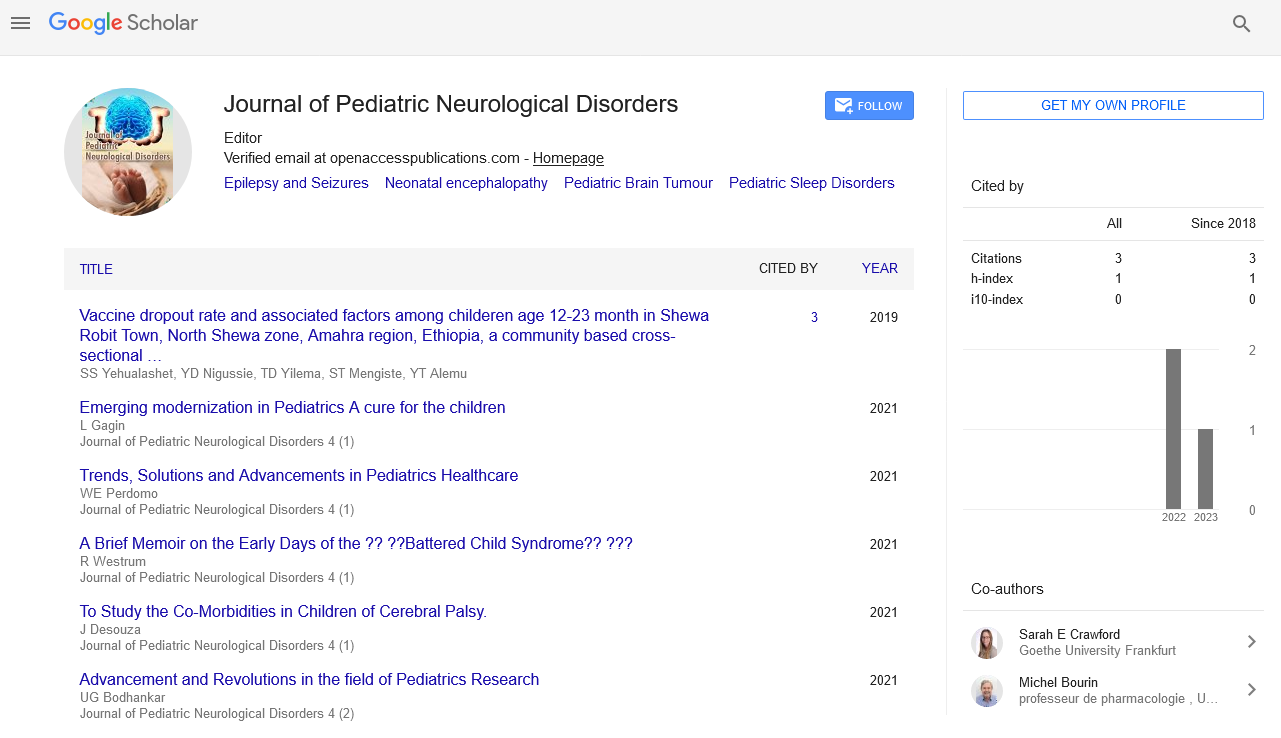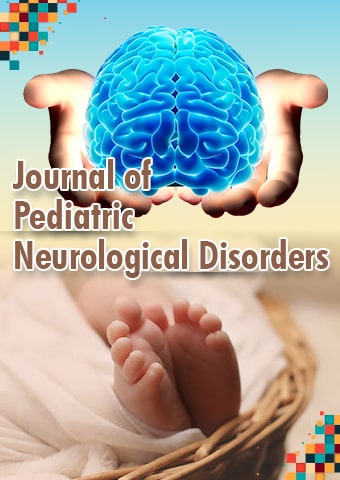Short Article - Journal of Pediatric Neurological Disorders (2018) Volume 1, Issue 1
Simulating Intelligent Response
Rachit Srivastava
Independent Researcher, India
Abstract
Introduction
Proposed study is designed to address gaps in knowledge regarding how thinking & reasoning as mental faculties are occurring. The focus here is to imitate the human response process which in turn can provide more insights into theories of stimulus response, abstract objects (6), reasoning & thinking.
Research Design & Methodology
For the proposed study, the samples will be collected using a questionnaire. The collected samples will comprise of; the responses of the participants for each question in the questionnaire along with their thoughts (3, 8) captured (from prefrontal & motor cortex) using functional neuroimaging (fMRI, EEG or ECoG). Once the samples have been collected both the questions & the responses will be quantified by assuming the words which make up the questions & the responses as concepts (5).
There can be multiple ways by which concepts can be quantified based on the current understanding of the associations between concepts (10) & semantic memory (11). One method for quantification could be based on how complex a concept is if we need to explain it intelligently to someone else. For example, from an intuitive understanding, I can quantify one concept (abstract object) as a combination of other concepts needed to intelligently communicate an idea (concept) to another human being. Quantification will help in uncovering the hidden patterns through scientific modeling substantially.
For the purpose of quantification based on complexity of concepts there can be two mathematical variables used;
For the purpose of quantification based on complexity of concepts there can be two mathematical variables used;
B.Complexity Weight (Cw): The sum of all the all the individual complexity sizes of the different concepts used in explaining the response to the question under consideration.
Let’s have a look at a hypothetical scenario to understand how the experiment will take place:
The researcher asks the participant a question “What is a neuron?”. The participant responds to this question with the following; “It is a type of cell that makes up the nervous system. It is responsible for carrying messages through an electrochemical process.” It is likely that different participants will respond differently based on their level of expertise of the subject in question. The focus here is more on the concepts (objects) used while both asking questions & responding to them rather than the manner in which the knowledge is being communicated (sequential or otherwise). At the time of responding, the researcher will be simultaneously capturing the participants thoughts using functional neuroimaging.
Now let’s apply the quantification methodology to both the question (Csq, Cwq) & the response (Csr, Cwr). This can be automated (auto-encoders) using customized natural language processing code. Here;
Csq = 4 (there are four unique concepts used to convey the question to the participant i.e. what, is, a & neuron.)
Similarly, Csr = 20 (as there are twenty unique concepts)
Let’s move on & take a look at complexity weight for the question (Cwq);
Cwq = Csq1 + Csq2 + Csq3 + Csq4
Using similar approach, quantify
Csq1 = 5 (what means asking for information specifying something)
Csq2 = 1 (is means exist)
Csq3 = 8 (a means indicating membership of a class or people or things)
Csq4 = 6 (a specialized cell transmitting nerve impulses)
Therefore; Cwq = 5 + 1 + 8 + 6 = 20
Similarly, Cwr will be quantified. After quantifying both the questions & responses, for each question there will be 2 inputs (Csq, Cwq) for the neural network. Similarly, for each response there will be 2 outputs (Csr, Cwr) for the neural network. There can be two separate neural networks each for training complexity size (Cs) & weight (Cw) as outputs. The architecture & type of neural network can be tweaked as per requirement.
The key differentiation here from previous studies (Amosov, N.M. Simulation of thought processes, 2, 8) is quantification of concepts (abstract objects). Re-imagining reality, both abstract as well as concrete objects (12) purely at a conceptual level, will help in capturing all the knowledge of the real world holistically (15).
Thought records will be useful while training the neural network. Testing & evaluation needs to be consistent with the brain activation patterns (8) & semantic maps on the brain (4). Methodology & design can be tweaked based upon the assumptions made around the quantification of concepts, but the data collection methods will remain the same.
This study has the potential to uncover the linkages between thinking & the language processing areas of the brain. There could be variation in the response & the thoughts of the participants as language & thought are not the same (9). For this reason, thought mapping is necessary to check & explain variation in response and thoughts via neuroimaging.
Once the model has been trained on a sufficiently large training set (i.e. it familiarizes itself with all the words in the dictionary at least once), with high accuracy, it should be able to provide intelligent responses to questions in a structured format.
The alternate & null hypothesis can be framed around the following
1. Ontology of the mind (14)
2. Reductionism view of the mind
3. Existence of abstract objects
A superior artificial response process (based on a benchmark response process), consistent with the brain activation patterns & semantic maps on the brain, with the abilities to generate new/existing concepts (thoughts) thereby making significant contributions towards:
1. Better understanding mental health
2. Developing artificial general intelligence
3. Accelerating scientific research (can potentially be used as a scientific digital assistant to generate accurate responses)
The paper presents a model of computer-led response generation using a rule-based approach. Modeling and simulation of the rule-based approach, the fundamental methodology behind artificial intelligence. A new response generation model called the Speech Hierarchy Model was built in the form of a mathematical system, which was then implemented as an instrument. This will be used in various applications.

